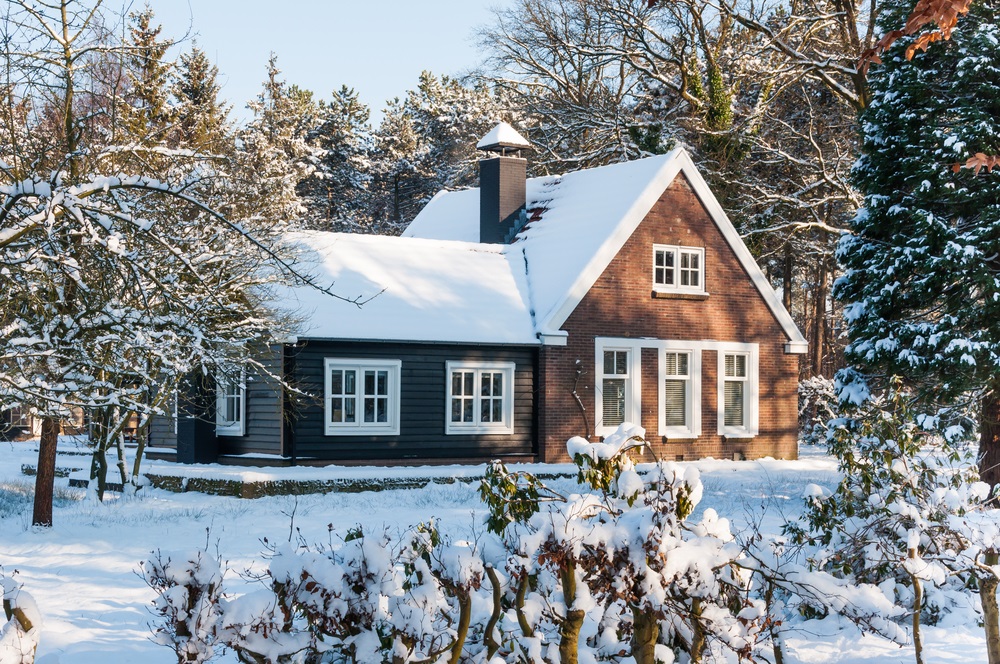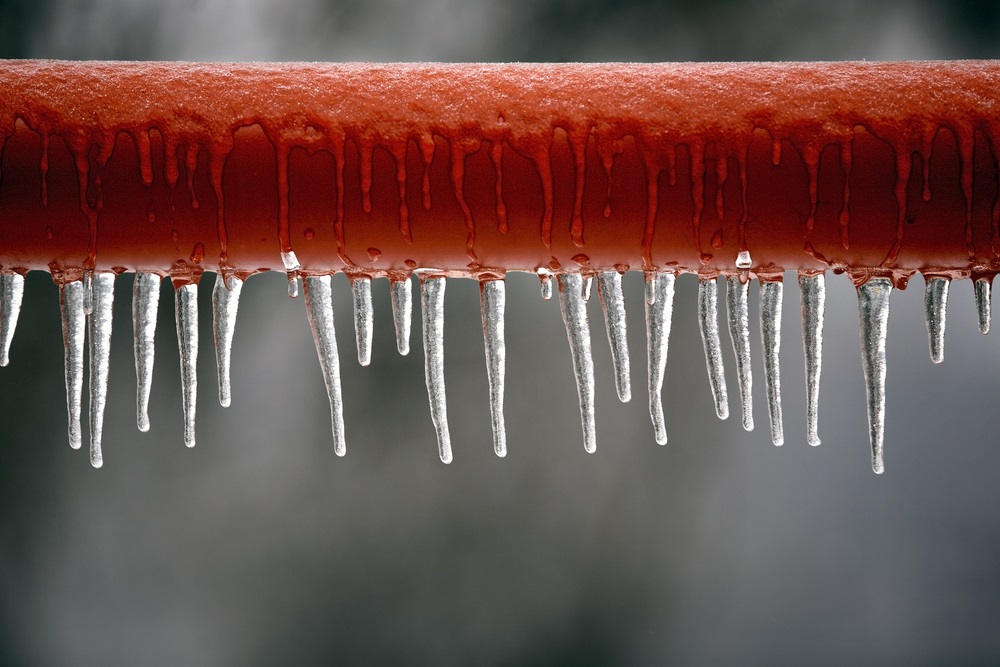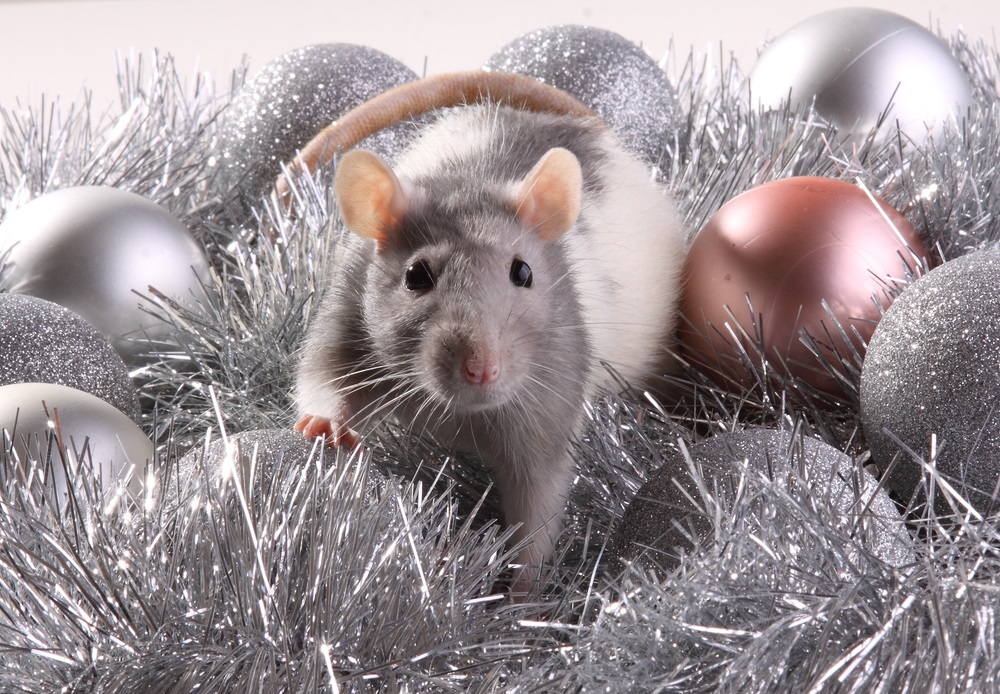The Ultimate Guide to Winterizing Your Properties

This article is #1 of a 5 part series Rental Property Maintenance Tips for Winter - Free Property Manager and Landlord Resources from a leader in single-family property management software and solutions.. For additional suggestions checkout the rest of the Rental Property Maintenance Tips for Winter series.
In rental property maintenance, you can't wait until it's too late! "By being proactive, you'll lower energy bills, increase the efficiency and lifespan of (the) home's components, and make your property safer." Bob Vila
Whether or not you’re a fan of cold weather, one thing is inevitable: winter is coming. As if frosted windshields, numb hands, wet socks, turtlenecks and increased budgeting for tissues weren’t enough reasons to dislike winter, there’s also the added worry of having to winterize your properties so they’ll make it through the treacherously cold winter season. If you’re worried about all the stress that comes along with winterizing your property, rest assured. There are several easy and cost-efficient steps you can take to ensure the longevity of your properties through the winter.
What is Winterizing Exactly?
If you’re a property manager, homeowner, landlord, or anyone who’s had to maintain the upkeep of a piece of real estate, you know the winter season can bring unexpected problems if the proper precautions haven’t been taken care of ahead of time. Whether it’s a frozen pipe bursting, a heater fire, or a mouse infestation, taking the proper steps of preventative action can save you a lot of time and money in the long run. This is where winterizing really comes in handy.
Winterizing is defined as “making something able to resist the effects of winter weather.” The idea is to “winter-proof” your properties before the cold weather arrives and messes something up. Thinking ahead is key in winterizing and it will really make your life easier come December. So what steps can you take to winterize your properties?
Winterization Steps
The Insurance Institute for Business & Home Safety (IIBHS) has some suggestions, listed below, for winterizing your properties both inside and out, which can ultimately help save a ton of money and unnecessary headaches in the future.
Stay Safe
When winter is coming, your first maintenance priority is to make sure that your properties are safe. Repair stairs and walkways before winter comes to reduce tripping hazards or consider renovating the walkway if it's too cracked for comfort. According to This Old House,
"when crossing your muddy yard to fetch the daily paper turns into an obstacle course of slips and slides, perhaps it's time to think about an alternative path."
Look at your landscape lighting to ensure that those walkways have strong light for long winter nights. Inform your tenants and place winter property maintenance information on your tenant portal. Let tenants know who is responsible for clearing walkways and driveways.
Tips for Pipes and Water Heaters
A frozen pipe might seem innocuous, but when it explodes it can turn the walls and floors into a soggy mess. In order to prevent things like pipes from freezing or bursting, here are a few simple precautions you can take:
• Shut off and cover outdoor water faucets
• Caulk cracks and holes in outside walls and foundations near water pipes
• Allow indoor faucets to drip lukewarm water on extremely cold days
• Wrap exposed outdoor pipes in insulated sleeves
• Open kitchen and bathroom cabinets to allow heat to radiate around pipes
• Drain water systems in unused areas

If a property is going to be vacant over the winter, flush and drain toilets and pipes. Blow air into the pipes to clear them, and add nontoxic antifreeze. It may seem like you're putting in a lot of work, but in the end, it will pay off if it's a harsh winter.
Following these steps can help your pipes stay warmer and will prevent them from freezing or bursting. The last thing you would want is a property either without water or submerged in water, not to mention the added worry and cost of having to replace a busted pipe.
Are You Ready for Winter? Property Management Software Can Help
If you're weeping icy tears at the thought of winter coming, you don't need to be overwhelmed. With property management software, you can manage your work orders and coordinate onsite property inspections with ease. Get your winter maintenance under control with Propertyware.
Click here to take a free online tour of Propertyware today.
Tips for Heat and Energy Savings
Check the furnaces in your properties. Be sure they are safe and operational. Furnace filters should be changed regularly. Remove any items stored near the furnace and be sure air ducts and return vents are not obstructed.
Make fireplaces safe for cozy fires during the winter. Fireplaces should be swept to remove soot and debris. Be sure a metal screen or fireplace doors are used to prevent embers from drifting out of the firebox.
Stop Drafts
Prevent the icy winds from blowing through your properties and help your tenants save energy. As winter approaches, it's time to convert to storm windows and doors rather than summer screens. Look for cracks, test for drafts and add caulking and weatherstripping to problem areas so cold air does not seep in. Add insulation to your properties in the attic and insulate electrical covers so that your homes don't leak warm air.
Here are some tips to help you become more efficient and safe when heating your properties:
• Caulk and weather-strip windows and doors
• Set thermostats in vacant units to a minimum of 55 degrees Fahrenheit
• Remind tenants to never use an oven to heat a home
• Turn off portable heaters when leaving a room or going to bed
Utilizing these tips can save money on the amount of heat used during cold winter months. By keeping cold air out, heating systems can operate more effectively and efficiently. These tips also help with reducing the likelihood of an unnecessary fire, which can literally be a life-saver.
Tips for Rodent-Proofing

For dealing with keeping rodents such as mice and rats out of your house during the cold season, the following tips can be helpful:
• Sealing any openings that mice or rats could fit into
• Making sure all food is sealed and stored away
• Regularly take the trash out and ensure that cans are sealed
• Make sure your properties are kept clean and organized
Many of these tips might be redundant or things you already do, but really emphasizing these tips right before and throughout the winter will ensure you don’t have any uninvited guests showing up during the holiday season—and I’m referring to mice, not your in-laws. Now that we know plenty of good tips on winterizing the inside of properties, how can you winterize the outside?
Tips for Heavy Snowfall
IIBHS also created some tips for outdoor winterization safety, particularly about how to prepare for heavy snowfall. Heavy snowfall cannot only damage your roof, but it can cause serious risk or injury to residents. Tips for avoiding snow buildup and recommended best practices and tools are:
• Use de-icing materials, snow rakes, and draglines to remove snow from rooftops
• Before stepping on a roof, identify hazardous fall spots like skylights, roof drains, and vents
• Before removing snow, assess the weight of the snow, uniformly remove it and avoid making big piles
• Wear warm safety and protection equipment and clothing and stay hydrated while working
• Wear a safety harness and use ropes or winches to lift snow removal equipment like snow blowers and other heavy tools
Utilizing these tips ahead of time can save you from problems like frozen pipes, mice infestations, fires, icy sidewalks, and injuries. Be sure to take the necessary steps needed to winterize your properties and stop winter before it starts.







